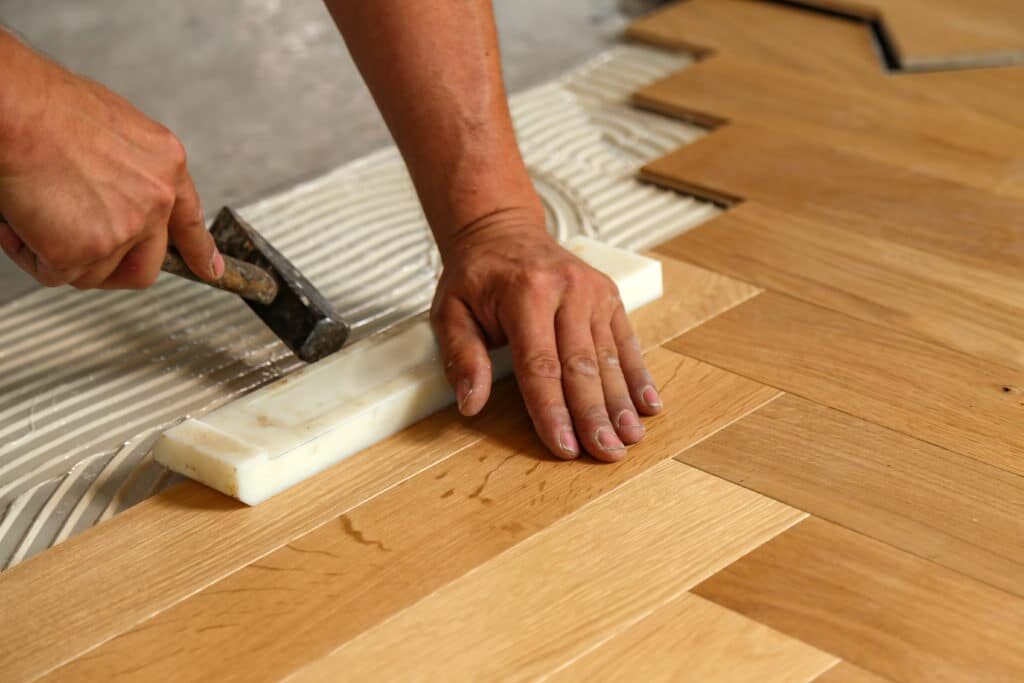London:
Nationwide:
Wood Floor Repair – 10 Ways to Make Your Life Easier
Posted on April 23, 2023
Blog
10 Easy Wood Floor Repair Tips: A Comprehensive Guide to Simplify Your Life
Wooden floors are not only attractive but also highly durable when properly maintained. However, they can occasionally suffer from damage due to daily wear and tear, accidents, or environmental factors. In this blog post, we will share ten easy wood floor repair tips to make your life easier, ensuring your floors continue to look stunning and add value to your home for years to come.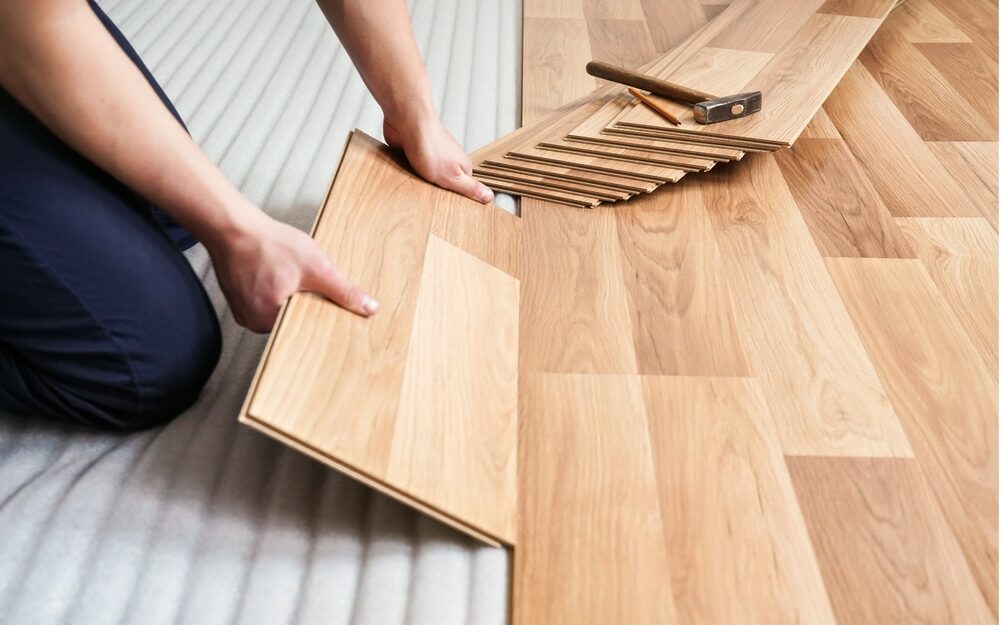
1. Address Scratches with Simple Solutions
Scratches are among the most common issues wooden floors face. Fortunately, there are simple solutions to fix them: a. For minor scratches, use a touch-up pen or marker that matches the color of your floor. b. Alternatively, a mixture of equal parts vinegar and olive oil can be applied to the scratch to darken the exposed wood and conceal the damage. c. For deeper scratches, use a wood filler or putty that matches the color of your floor. Sand the area gently with fine-grit sandpaper once the filler has dried, then apply a thin layer of the appropriate finish.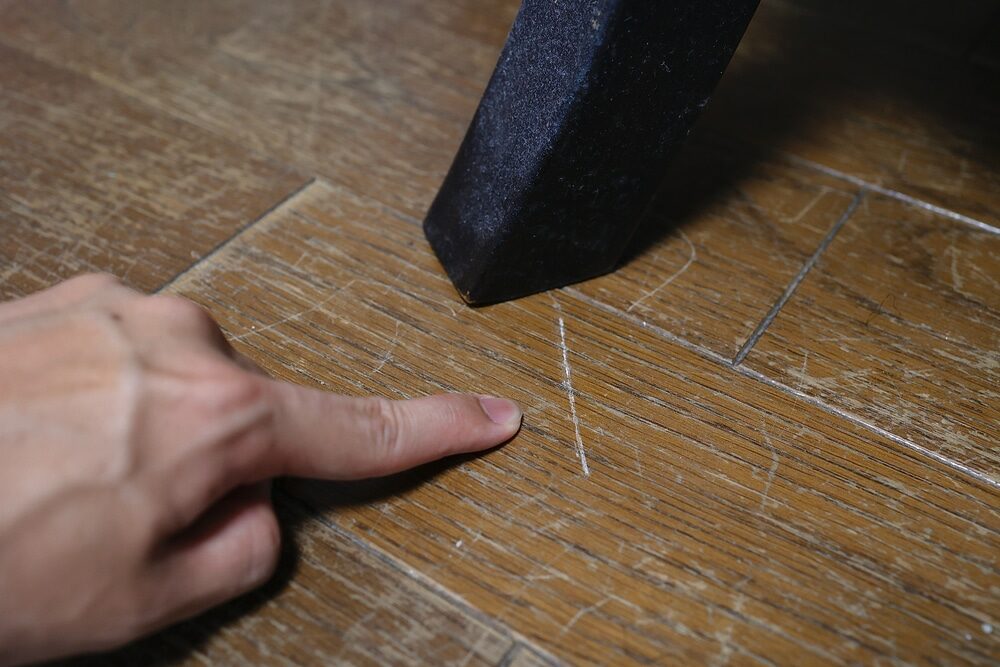
2. Deal with Gaps promptly.
Gaps in wooden floors can result from seasonal changes or long-term wear. It’s crucial to address these gaps as soon as you notice them. a. For small gaps, use a flexible wood filler that can expand and contract with the wood. b. For larger gaps, consider using wood strips, which can be glued or nailed into place. c. In extreme cases, you might need to replace the entire floorboard.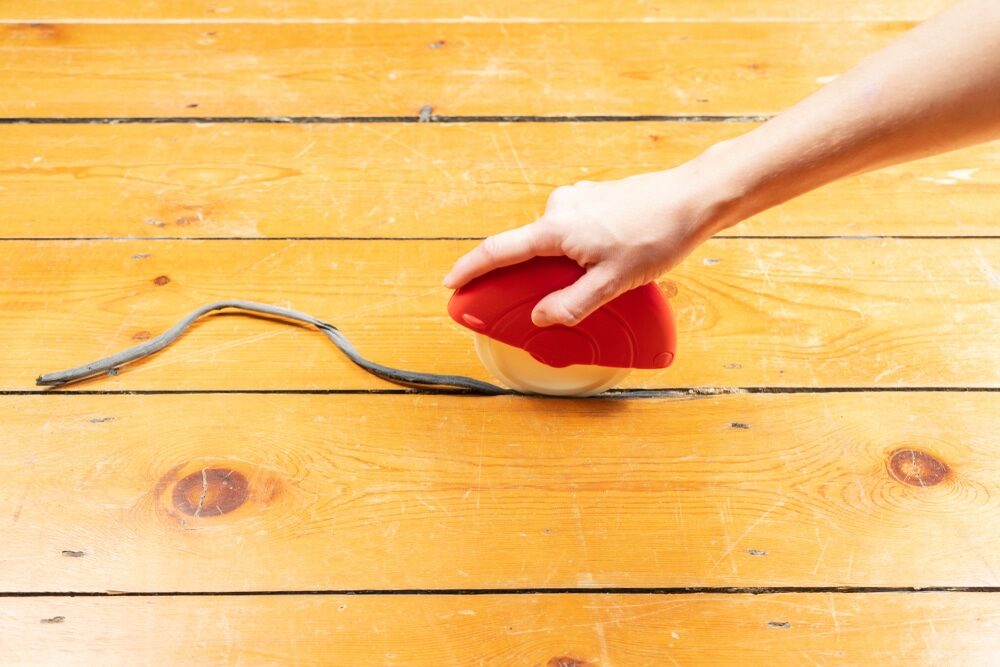
3. Repair loose floorboards immediately.
Loose floorboards can lead to further damage and safety hazards. Fix them as soon as you notice them. a. For nailed floorboards, use a nail set to drive the existing nails below the surface. Add new nails or screws to secure the board. b. For glued floorboards, remove the loose board, clean the subfloor, and apply fresh adhesive before reattaching the board. c. For floating floorboards, disassemble the floor up to the loose board, replace it, and reassemble the floor.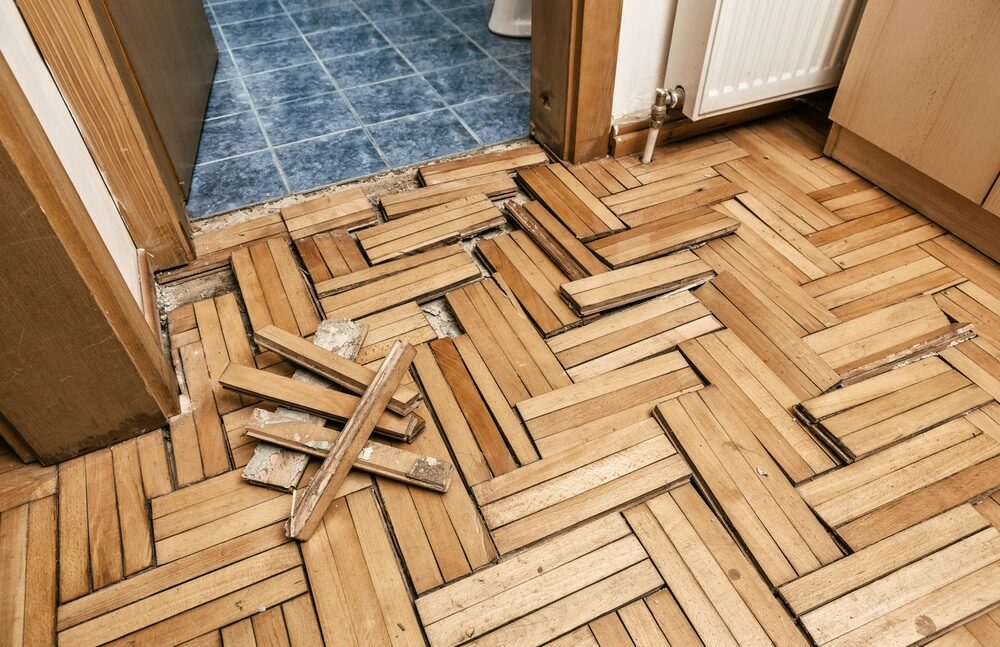
4. Replace damaged floorboards.
Sometimes, repairs may not be enough, and you need to replace a damaged floorboard. Follow these steps: a. Cut out the damaged board using a circular saw, being careful not to damage adjacent boards. b. Remove the cut board and clean the subfloor. c. Measure and cut a new floorboard to fit the space, making sure to account for expansion gaps. d. Secure the new board in place using nails, glue, or locking mechanisms, depending on your flooring type.
5. Use industry-recommended cleaning agents and vacuum cleaners.
Using the right cleaning agents and equipment is crucial for preventing further damage. a. Use a vacuum cleaner with a soft brush attachment designed for hard floors. b. Use cleaning agents specifically formulated for wooden floors. Avoid harsh chemicals that can damage the floor’s finish. c. Sweep or vacuum regularly to remove dirt and dust that can cause scratches.6. Consult a professional for expert assessment.
When in doubt, consult a professional flooring expert to assess your floor and recommend the best course of action for repairs or restoration.7. Remove furniture during repairs.
To ensure efficient and hassle-free repairs, remove all furniture from the room before starting the repair process.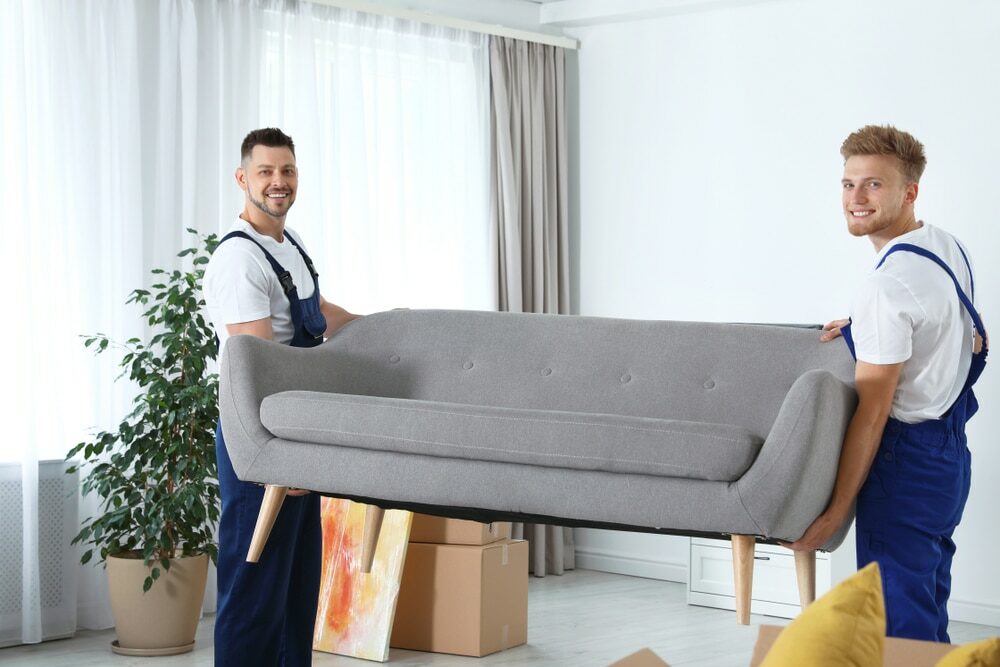
8. Address stair repairs immediately.
Stairs are prone to damage due to their heavy use. Seal any gaps, repair loose boards, and replace damaged treads as soon as possible.
9. Consider dust-free floor sanding.
Dust-free floor sanding is an innovative method that uses specialised equipment to collect dust while sanding. This not only makes the process cleaner and healthier but also allows for a more efficient and precise finish.10. Protect your floors with varnish or wax.
Applying a protective layer of varnish or wax can help shield your wooden floors from minor scratches and other damage. a. Varnish: Varnish is a durable, long-lasting solution that provides a glossy or matte finish, depending on your preference. Make sure to choose a varnish specifically designed for wooden floors. b. Wax: Wax offers a more natural-looking finish and is easier to apply than varnish. It requires more frequent reapplication but can be easily buffed to restore shine. c. Always follow the manufacturer’s instructions for application and drying times, and ensure proper ventilation during the process.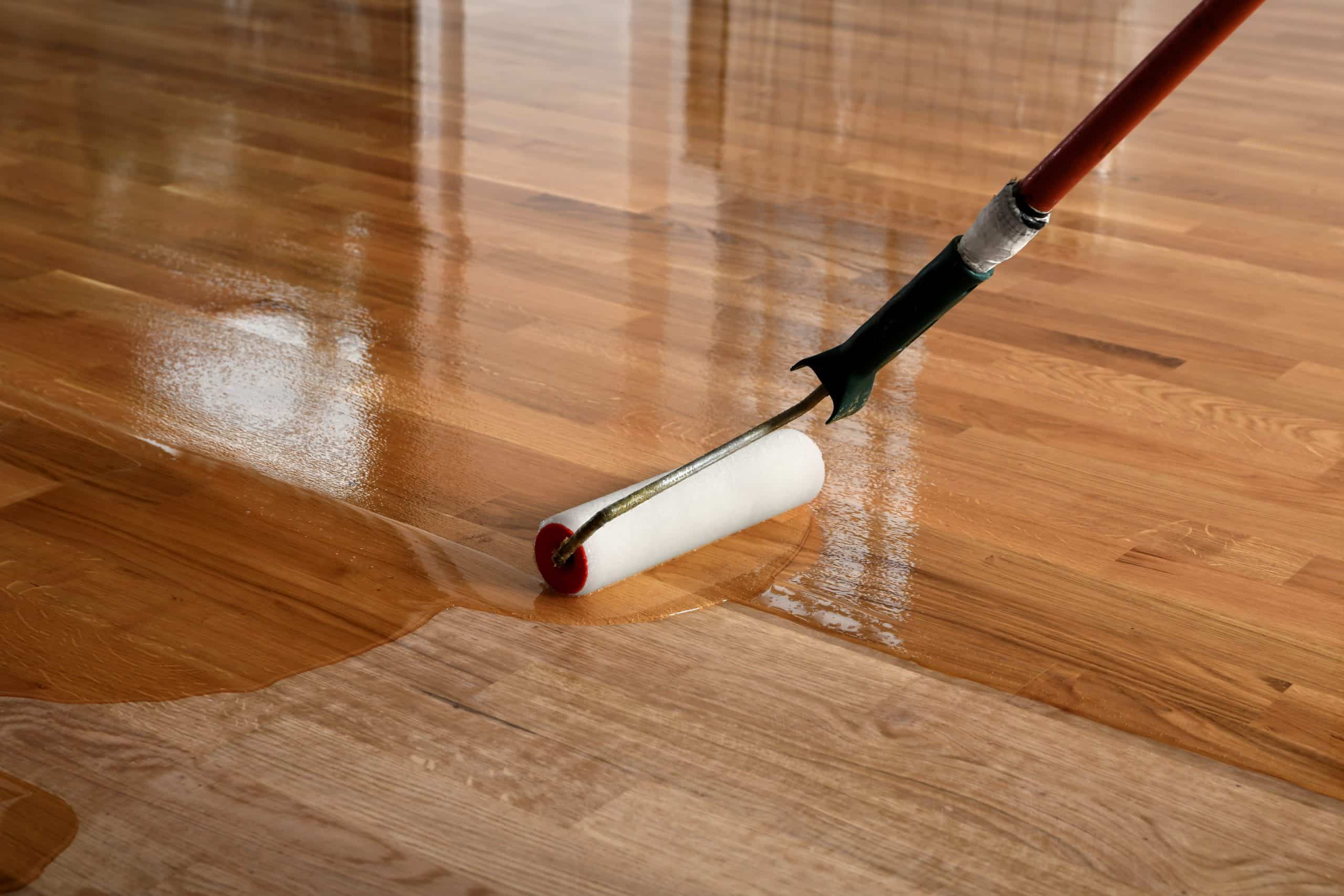
11. Bonus Tip: Prevent Future Damage
Taking preventive measures can help minimise the need for future repairs. a. Use furniture pads or protective coasters on furniture legs to avoid scratches and dents. b. Place rugs and runners in high-traffic areas to protect your floors from wear and tear. c. Implement a no-shoes policy in your home to prevent damage from high heels and outdoor dirt. d. Keep your pets’ nails trimmed to minimise scratches.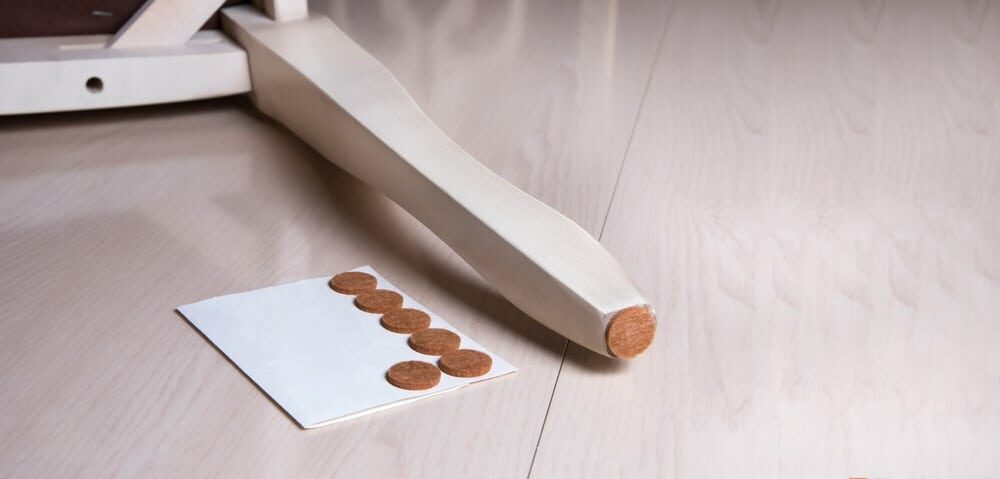
Some Useful Links:
Conclusion
Wooden floors can be a significant asset to your home if they are properly maintained and cared for. By following these ten easy wood floor repair tips, you can keep your floors looking beautiful and prolong their lifespan, making your life easier and adding value to your home. Remember, prompt action is key when dealing with wooden floor issues. Regular maintenance and preventive measures will ensure that your floors remain a stunning and durable feature in your home for years to come.More from our Blog:
Simple Tips to Keep Your Floor Sanding Beautiful For Life Sanding Wooden Floors – Increase the Value of Your Home Transform Your Bedroom with Stylish and Durable Wood Flooring
Sanding
We provide virtually dust-free sanding with our continuous belt machinery with mobile extraction units, giving you a safer environment for your family.
Oiling
This organic finish not only adds beauty to your home but also has exceptional water-repellent characteristics, making it easier to clean and maintain.
Waxing
This natural floor finish offers the softest and most mellow appearance – and leaves your floor able to breath.
Buffing
Using soft buffing machines (and hand-polishing where required) will bring a wonderful sheen to your newly-finished floor.
Repairs
We offer a full assessment of your wooden floors to determine what repairs are needed to provide the perfect working surface for the later stages of sanding, staining and sealing.
Restoration
We offer a comprehensive restoration process designed to address floors that are improperly fitted or damaged over time through wear and tear.
Request a fixed price quote for your wood floor restoration now
Simply enter your postcode below to get started.
Services
Wood Floor Sanding Wood Floor Restoration Wood Floor Scratch Repair Squeaky Wood Floor Repair Parquet Floor Sanding Parquet Floor Restoration Commercial Floor Sanding Church Floor Sanding Community Centre Floor Sanding School Floor Sanding Gap Filling Gap Filling with ResinCopyright © Mr Sander®
Privacy & Cookies Terms & Conditions Complaints Procedure Cancellation Rights Sitemap